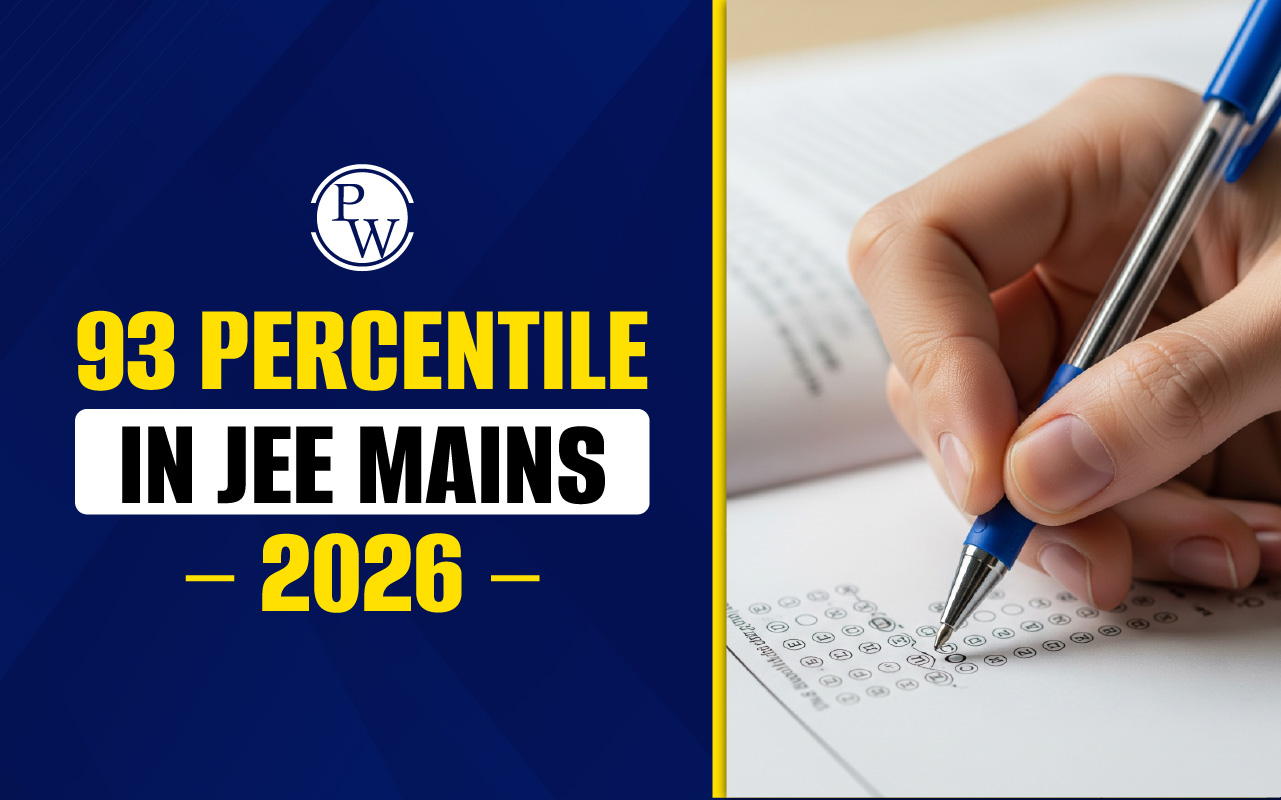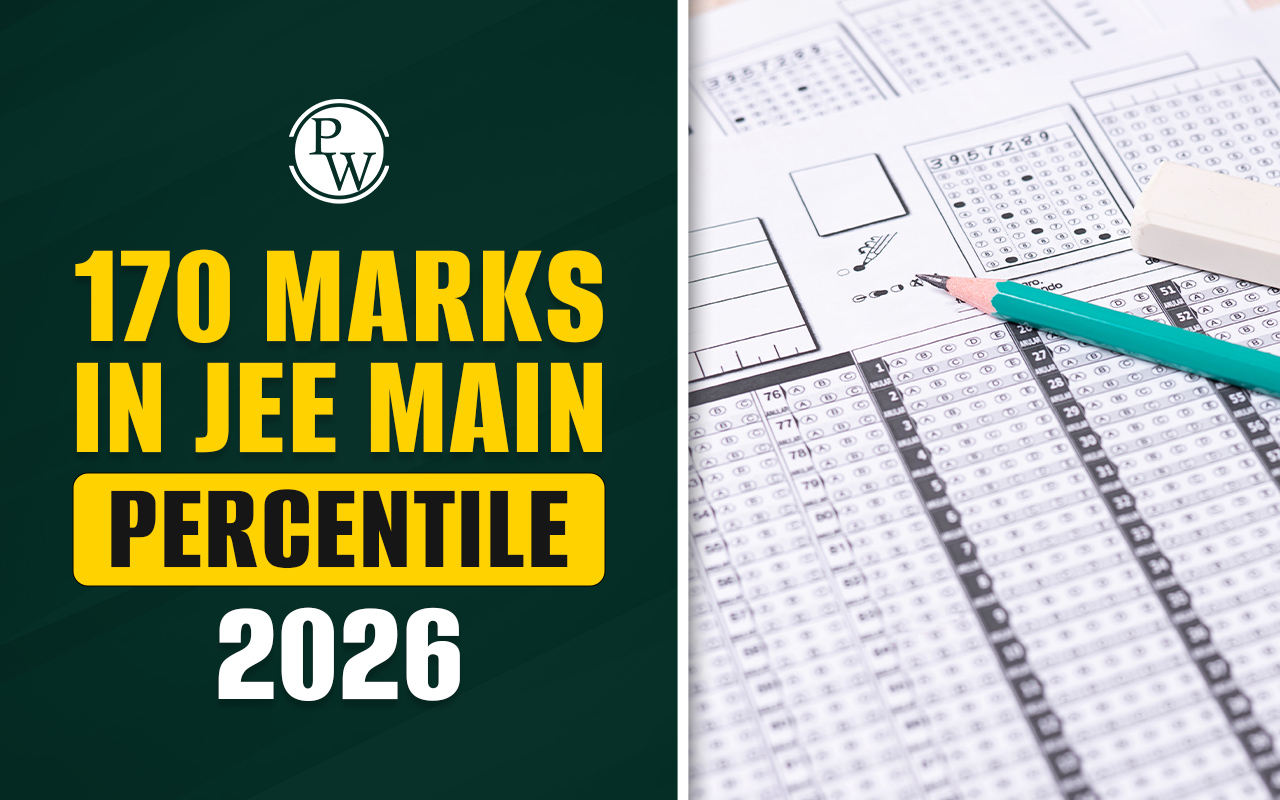
Electric Field Due To Uniformly Charged Disc : We come across different types of charged objects. To find the electric field due to them is an interesting way of deriving equations. Here we can find the expressions for the electric field due to a uniformly charged disc at a point on the axis and the electric field due to a rod and infinite sheet.
Electric Field
An electric field at a point is defined as the force exerted per unit positive charge at that point. If we have a charge Q and we introduce another q at some point r , the charge q will experience some force. The electric field produced by the charge Q at a point r is given as
Electric Field Due To Uniformly Charged Disc At Point On Its Axis
∙
Electric Field Due To Uniformly Charged Disc At Point On Its Axis :
Let us consider a uniformly charged disc of radius ‘
R
’ and charge density
In order to calculate the electric field due to this uniformly charge disc at a point P ( x , 0) on the axis, let us consider an elementary ring of radius ‘ r ’ and thickness ‘ dr ’.
Charge on the elementary ring,
Electric field due to this elementary ring,
Electric Field Due To Uniformly Charged Infinite Sheet
Electric Field Due To Uniformly Charged Infinite Sheet : We know that the electric field due to uniformly charged disc at a point on the axis,
An infinite sheet can be looked upon as a disc of infinite radius is,
Therefore, the electric field due to infinite sheet becomes
Electric Field Due To Uniformly Charged Rod
Let us consider a rod of length L , with uniform charge distribution. We need to find the electric field at a point P as shown in figure.
Let us consider an element on the rod of length dx of distance O . The electric field due to the element,
In the
x
-direction,
But, we have,
x
=
r
tan
and
In the same way,
Therefore,
and
Special Cases In Electric Field
1.
Infinity long rod:
In the above equation, if we keep
we get the expressions for
E
x
and
E
y
.
2.
Semi-Infinity rod:
In the above equation, if we keep
we get the expressions for
E
x
and
E
y
.
Example:
1.
Find the electric at point
P
(as shown in figure) on the perpendicular bisector of a uniformly charged thin wire of length
L
carrying a charge
Q
. The distance of the point
P
from the centre of the rod is
(i)
(ii)
(iii)
(iv)
Ans:
2.
A charged ball
B
hangs from a silk thread
S
, which makes an angle
with a large charged conducting sheet
P
, as shown in the figure. The surface charge density
of the sheet is proportional to
(i)
(ii)
(iii)
(iv)
Ans:
Electric Field Due To Uniformly Charged Disc FAQs
Q.1 : What will be the electric field due to a disc at a very distant point from the surface of the disc?
Q.2 : Can we derive the above formulas using Gauss Law?










